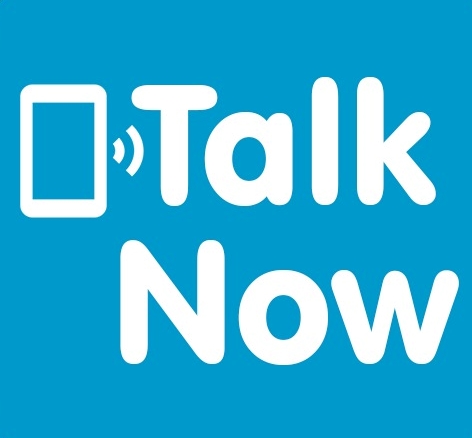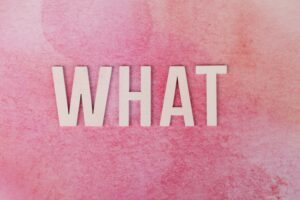Punctuation is an important part of writing and can make the difference between an effective and a confusing piece of writing. It is essential to use punctuation correctly to ensure that your content is clear and easy to understand.
Poorly placed or omitted punctuation can change the entire meaning of a sentence and lead to confusion or misunderstandings. To help you get started on the right foot, here are some useful tips for using punctuation correctly in your written work.
With these helpful tips, you will be able to easily and correctly punctuate your text with confidence and accuracy.
Punctuation’s Role in Writing
Punctuation plays an important role in writing by helping readers understand the meaning and structure of a sentence. Punctuation marks help express the writer’s tone and emotion, as well as assist in indicating pauses, emphasis, and the separation of ideas.
Commas, for example, are used to separate elements in a sentence, as well as indicate pauses, while colons and semicolons are used to join two independent clauses. Quotation marks are used to show the exact words of a speaker, while exclamation points can add excitement to a sentence.
Since there are a lot of elements and rules in grammar, it can be a little for writers (especially rookies) to keep them all in mind when writing content. In such cases, taking help from online tools can be a good solution. Since tools are automated and are designed to work on a fixed algorithm, they can spot errors without any trouble.
But, to get the full benefit of such tools, you have to make sure that you pick good ones from the internet. To start with, you can use tools like Grammar check or Editpad to improve your punctuation in writing.
How to use Punctuation Correctly
Here we will discuss the use of punctuation correctly. These pro tips will help you to improve your content. Let start.
Comma
The comma is the most used punctuation mark. It is used to separate two parts of a sentence, to indicate a pause. Commas are also used to separate items in a list and to indicate pauses in speech.
Example: If you are writing a sentence such as “I like apples, oranges, and bananas”, you would use a comma after each item in the list.
Whenever you feel like you have to pause in a sentence, you most probably have to use a comma there.
Example: “Mark, my brother, is a great cook.” Here, the comma is used to separate the phrase “my brother” from the rest of the sentence.
Period
The most basic punctuation mark is the period, also known as a full stop. It is used to indicate the end of a sentence.
Example: “I am going to the store.”
If you are writing something that needs an abbreviation you may use a period for that too.
Example: “Mr.” or “Dr.”
Another use is to separate parts of a reference citation.
Example: “Smith, G. (1994). The history of punctuation.”
Question Mark
The question mark is used to indicate a question.
Example: In a sentence like “Do you like apples?” You would use a question mark to indicate that you are asking a question.
Colon
The colon is used to introduce a list of items or to indicate a pause in a sentence.
Example: In a sentence such as “I like to eat the following fruits: apples, oranges, and bananas”, you would use a colon after “following fruits” to produce the list of items.
Semicolon
The semicolon is used to join two independent clauses in a sentence.
Example: If you were writing the sentence “I like apples; I also like oranges”, you would use a semicolon to join the two clauses.
If you are making a list of items you may use semicolons there too.
Example: “I have visited many cities; San Francisco, California; Miami, Florida; and Dallas, Texas.”
Quotation Marks
Quotation marks are used to indicate a direct quote or to set off a title or phrase.
Example: If you are typing a sentence “I read the book ‘Gone with the Wind’”, you would use quotation marks to set off the title of the book.
Additionally, if someone said “I love reading books,” you would use quotation marks to indicate that they said that directly.
Exclamation Point
Exclamation points are used to express strong emotions or emphasize a point. You would use an exclamation point to indicate your enthusiasm.
Example: If you were typing the sentence “I love apples!” You would use an exclamation point to emphasize your love for “apples”.
Apostrophe
Apostrophes are used to indicate possession or to show that a letter has been omitted.
Example: If you were writing the sentence “The dog’s food”, you would use an apostrophe to indicate that the “food” belongs to the “dog”.
If the letters of your text are lengthy you may shorten them by using an apostrophe.
Example: In the contraction “can’t”, which stands for “cannot”.
Apostrophes are also used to show possession of a noun, such as:
Example: John’s cat got lost.
Hyphens and Dashes
Hyphens and dashes are used to connect words or phrases.
Example: “long-term” or “mother-in-law.”
You can use hyphens to join two words.
Example: “long-term,” or to separate syllables of a single word, like “re-sign.”
Dashes are used to set off parenthetical phrases or information within a sentence.
Example: “We need to make a decision—and soon!” or to indicate a range, such as “pages 12–15.”
Wrapping Up: How to Use Punctuation in the Right Place?
Let’s do a quick recap before we wind this thing up.
Punctuation is an important part of written communication, as it helps to clarify the meaning of your words and makes your content easier to read. Using punctuation correctly can be a challenge, but some basic rules can help.
Firstly, always put a full stop at the end of a sentence. Secondly, use a comma to separate items in a list and to separate clauses in a sentence. Thirdly, use a colon to introduce a list or to introduce a quotation.
Finally, use a question mark to indicate a direct question and an exclamation mark to indicate surprise or excitement. Once you’ve mastered these basics, you can use other punctuation marks such as hyphens, and semicolons to enhance the clarity of your content.















